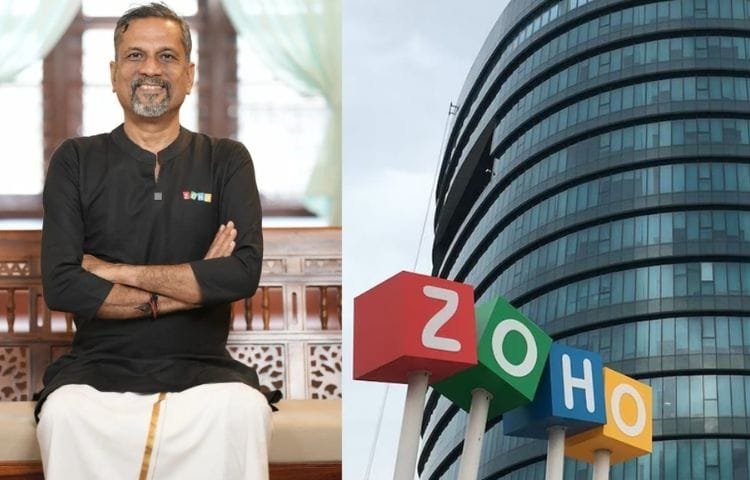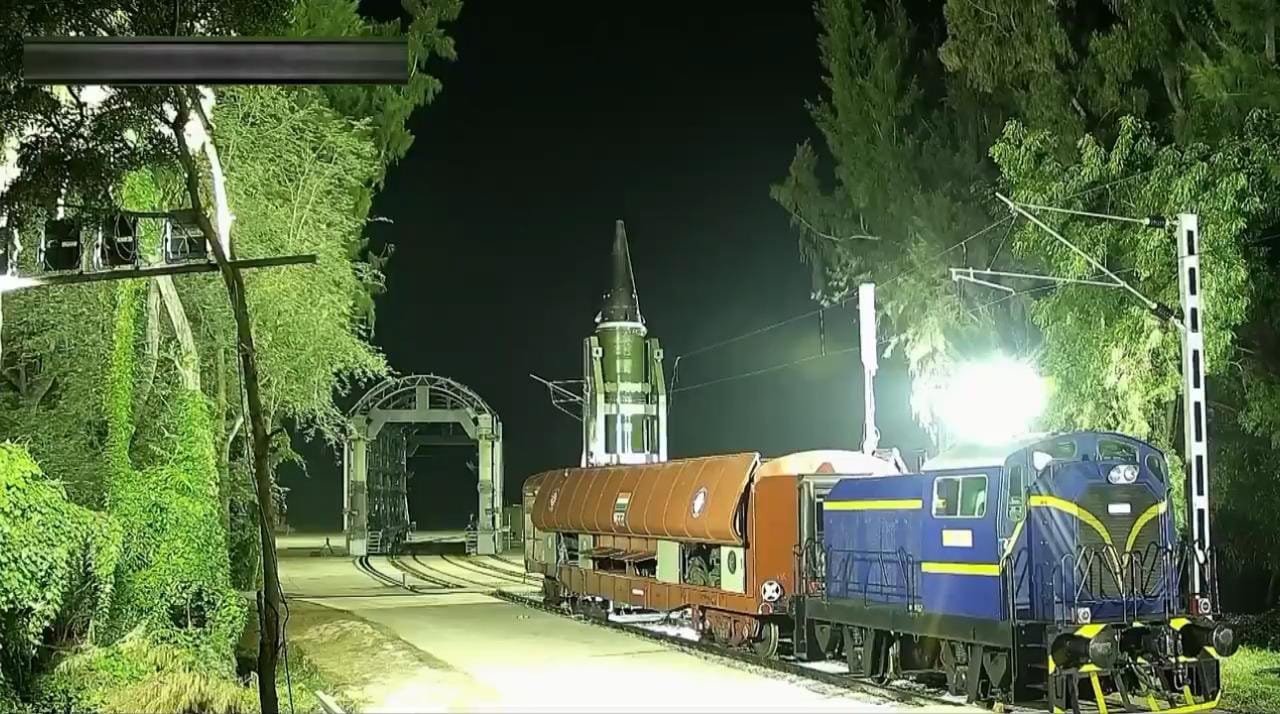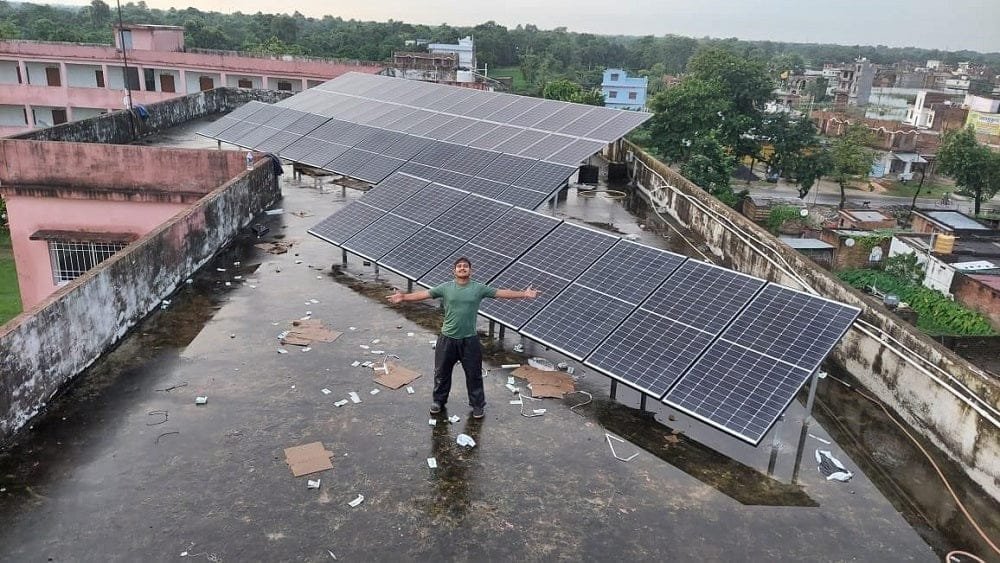In recent years, nuclear-powered submarines have become a cornerstone of global military strategy, providing countries with advanced capabilities for deterrence, power projection, and securing maritime borders. As of 2024, several nations have invested heavily in their nuclear submarine programs, with the United States, Russia, and China leading the charge. Below is an analysis of the top 10 countries with the largest nuclear submarine fleets, their types, technological capabilities, and official sources for verification.
- United States
The United States boasts the largest nuclear submarine fleet in the world, with over 70 operational nuclear-powered submarines. These include the Ohio-class ballistic missile submarines (SSBNs), Virginia-class attack submarines (SSNs), and the older Los Angeles-class submarines.
The Ohio-class submarines, which serve as the backbone of U.S. strategic deterrence, carry up to 24 Trident II D5 missiles capable of reaching intercontinental targets. The Virginia-class is an advanced SSN design known for its stealth and advanced sonar systems.
According to the U.S. Navy’s official website and annual reports from the Congressional Research Service (CRS), the United States remains a dominant force in underwater warfare, constantly upgrading its fleet with the latest technology, including plans for the Columbia-class SSBNs to replace the Ohio-class by the 2030s.
- Russia
Russia follows closely with a fleet of around 58 nuclear-powered submarines, including the Borei-class SSBNs and Yasen-class SSNs.
The Typhoon-class, once the largest submarine ever built, is also part of Russia’s historical legacy, though it has largely been retired. The more modern Borei-class submarines, equipped with Bulava missiles, form the core of Russia’s nuclear deterrence strategy. Russia’s Yasen-class attack submarines are designed for stealth and offensive capabilities, making them highly versatile in strategic operations.
Russia’s Ministry of Defence reports on the ongoing development of nuclear submarines, including the construction of new Borei-class vessels. Updates can be found on the Russian Ministry of Defence website and other military publications.
- China
China’s nuclear submarine fleet is estimated to consist of between 15 and 20 vessels, including the Jin-class SSBNs and Shang-class SSNs. These submarines are crucial to China’s growing maritime power and its focus on securing the Indo-Pacific region.
The Jin-class submarines, which carry JL-2 ballistic missiles, represent a significant upgrade in China’s nuclear deterrence capabilities. Additionally, China is developing the Type 096 SSBN, which is expected to further bolster its strategic submarine fleet.
Reports from the People’s Liberation Army Navy (PLAN) and the Chinese Ministry of National Defense provide official data on the progression of submarine technology and naval power. These sources highlight China’s strategic emphasis on second-strike capabilities.
- United Kingdom
The United Kingdom operates a fleet of four Vanguard-class SSBNs and a growing number of Astute-class SSNs. The Vanguard-class, armed with Trident II D5 missiles, plays a pivotal role in the UK’s continuous at-sea deterrence (CASD) policy, ensuring that the country’s nuclear deterrent is always operational.
The Astute-class SSNs, designed for a variety of missions, are highly stealthy and capable of carrying out a wide range of strategic operations.
The UK Ministry of Defence regularly publishes defense updates, including those related to its nuclear submarine fleet. These are available through official government websites and parliamentary reports.
- France
France maintains a fleet of 10 nuclear submarines, including four Triomphant-class SSBNs and six Suffren-class SSNs. The Triomphant-class submarines are equipped with M51 ballistic missiles, ensuring France’s strategic nuclear deterrence.
In addition, France’s new Suffren-class attack submarines, part of the Barracuda-class program, offer enhanced stealth and weaponry, positioning the French Navy as a formidable underwater force.
The French Ministry of Armed Forces regularly provides updates on the country’s nuclear submarine fleet and strategic defense posture, which can be accessed through official publications and government press releases.
- India
India has made significant strides in its nuclear submarine capabilities, with two operational Arihant-class SSBNs. The INS Arihant, the first indigenously developed nuclear submarine, was commissioned in 2016, marking a milestone for India’s naval deterrence.
The K-15 SLBMs, which can be launched from these submarines, provide India with an effective second-strike capability. Further development is underway with the Arihant-class’s successor, the S4-class, which will be capable of carrying more advanced missile systems.
Official updates from the Indian Ministry of Defence and the Defence Research and Development Organisation (DRDO) provide key information on India’s growing submarine fleet.
- Brazil
Brazil, while still in the development phase, is set to acquire its first nuclear-powered submarine through the ProSub program. This program, a partnership with France, aims to deliver a modern nuclear-powered attack submarine based on the Scorpène-class design.
The Brazilian Navy’s ambitions to secure its territorial waters and natural resources in the Atlantic are a major driving factor behind this program. Updates on the Álvaro Alberto submarine project are available through the Brazilian Ministry of Defence.
- North Korea
North Korea is believed to have one experimental nuclear-powered submarine, although detailed information remains scarce. Official sources such as KCNA (Korean Central News Agency) occasionally release updates on North Korean military advancements, but these are often speculative and not independently verified.
Experts in defense intelligence, including reports from the South Korean Ministry of National Defense, provide additional insights into North Korea’s underwater capabilities.
- Pakistan
Pakistan does not currently operate nuclear-powered submarines but has plans to develop them in collaboration with China. The Pakistani Navy is looking to acquire or develop advanced nuclear-powered attack submarines to bolster its maritime deterrence capabilities.
Official statements from the Pakistan Navy and China’s Ministry of National Defense suggest that a nuclear-powered submarine program is in the planning stages, with the potential to strengthen regional naval dynamics.
- Australia
Australia has no operational nuclear-powered submarines but has entered into a groundbreaking agreement under the AUKUS trilateral partnership with the United States and the United Kingdom. This agreement will enable Australia to acquire eight nuclear-powered submarines to counter growing security threats in the Indo-Pacific region.
Updates on this ambitious program are available from the Australian Department of Defence and the official announcements made through the AUKUS partnership.
The global race for nuclear-powered submarines highlights the growing importance of underwater stealth and deterrence capabilities in modern naval warfare. The U.S., Russia, and China lead the way with advanced fleets, while nations like India, the UK, and Brazil continue to enhance their capabilities. As more countries invest in these advanced vessels, it is clear that nuclear submarines will remain a critical component of global military strategy.
For official reports, defense white papers, and further information, government sources such as those provided by the U.S. Navy, Russian Ministry of Defence, Chinese Ministry of National Defense, and others are invaluable resources for understanding the evolving capabilities of nuclear-powered submarines.












